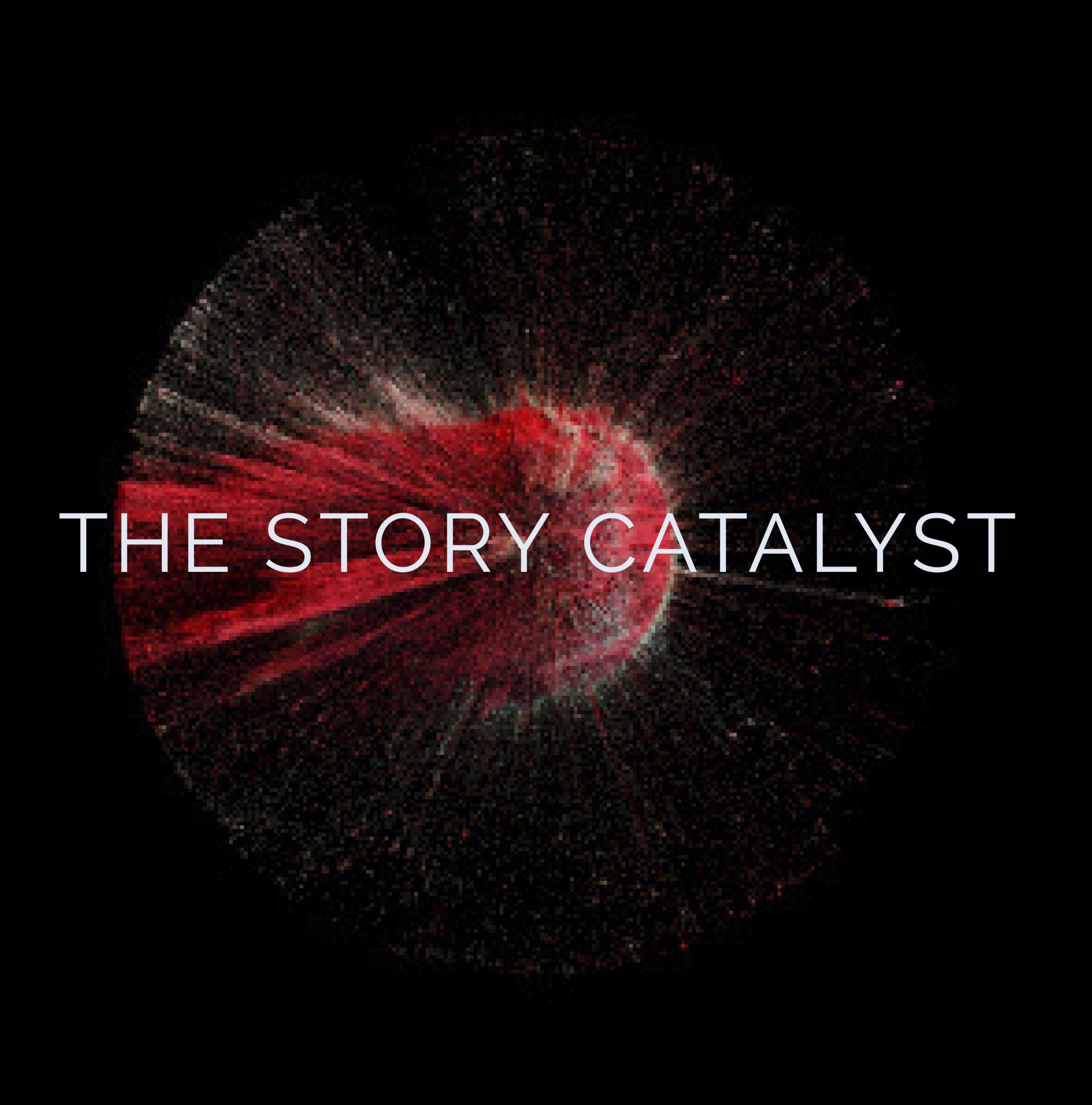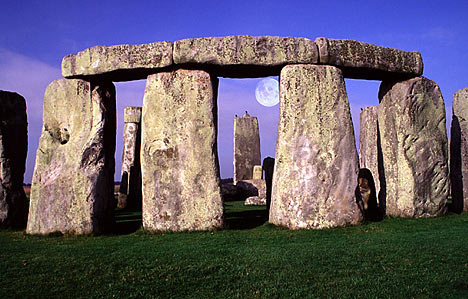STONES THAT SPEAK
The stones speak to me. I knew they would. It’s in my line. I’m Celtic, and I was born on Winter Solstice, the day they mark at Stonehenge as the sun sets, when the winter sun sets in the sky, the shortest day of the year. On this day, our group from Spalding University has stopped at Stonehenge, just a few days shy of Summer Solstice, the longest day of the year. A man sits at the Summer Solstice stone with a tripod and a camera, lining up a shot.
I have come here to England to write, to be with writers who are committed and inspired and who will share with me as we carve out our life’s work. We are at the midpoint of our trip, and yet I’m still waiting for my muse to arrive.
At Stonehenge, the otherly navigation that has marked this trip snaps into alignment. I know my muse, its wicked ways of arriving and departing, its silly jokes that I’ve heard a million times. Memories of my father are the trumpet call. When he knocks on my heart, I know there will be tears and ink spilled. He knocked yesterday, when everything was a supreme struggle. Though London had become familiar landscape after five days, yesterday all land markers of the conventional kind confounded me.
Next to me on the bus leaving London for Stonehenge this afternoon was a writer in full flush of her muse. She scribbled on the back of paper after paper. “Quick, get me the laptop,” she said, like an emergency room surgeon, to her boyfriend. This was the writer who was three years in love, writing poetry with him that they read aloud to the group of writers; I am four months in love, webbed in a primordial love-state of poetry, a dance of love and fertility, seeds and songs and words whispered. I sit between the writer’s lover and the writer’s muse. Her muse had arrived; mine was less than hours away. Like the Jackson Browne song, “Fountain of Sorrow,” I think, I’m one or two years and couple of changes behind her.
This how my muse comes, meeting me at the windswept Salisbury Plain where ancient Britons held ceremonies for births and deaths. I am attuned to my muse in a time, earth, bluestone way, as were the ancients who heard something in the way the bluestones of Welsh shore spoke to them from 250 miles away. I am attuned to my lover, who is 5,000 miles away, back in New Mexico.
I stand at the Winter Solstice stone, opposite from the photographer who prepares for the longest day. Archaelogists believe that someone standing at the entrance to the enclosure of trilithon stones facing the center could watch the setting sun on Winter Solstice, the light dropping rapidly through the narrow gap between the 40-ton sarsens. Like a Celtic ceremonial dancer, I’m near the membrane between earth and imagination. The muse invites me into the circle as the wind whips my auburn hair in ribbons above my head. To what place did the builders of the henge of stone want us to come? I cross over.

